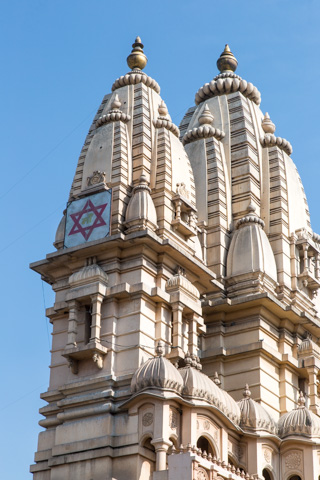
It is one temple in a 60-acre complex of temples.
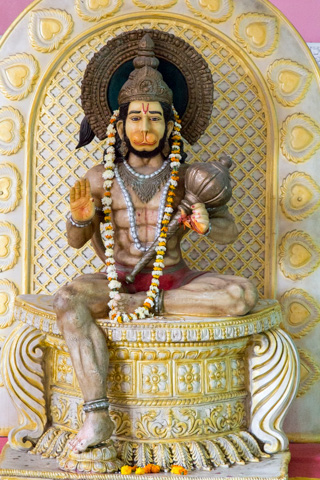
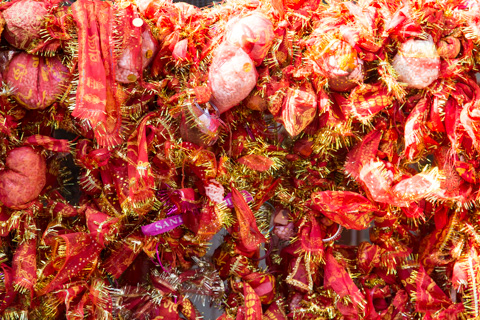
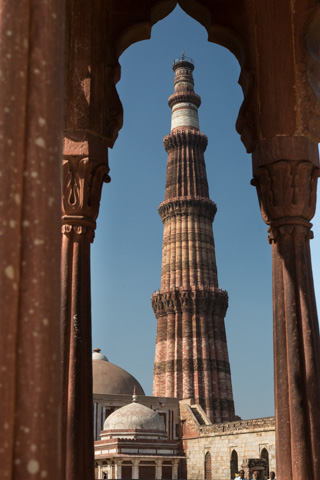
Qutub Minar is 240 feet, is in the Qutb Complex, which is a UNESCO World Heritage Site. The construction of Qutub Minar was commissioned by Qutub-ud-Din Aibak, the founder of the Delhi Sultanate in 1199 AD. Aibak's successor Iltutmish added three more stores to complete the tower. The topmost storey was damaged by lightning in 1368 A.D. and was rebuilt by Firoz Shah Tughlaq. Firoz Shah Tughlaq built two floors one of which can be distinguished easily as it was built of white marble.
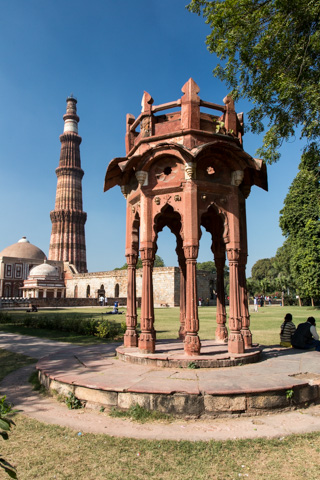
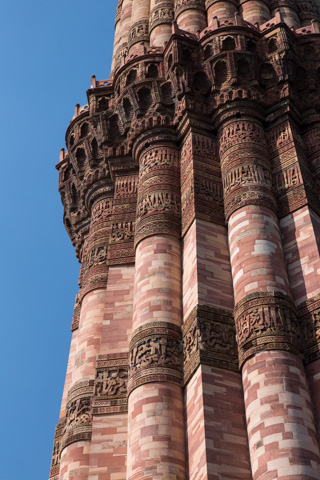
The Qutub Minar is made of dark red sandstone covered with intricate carvings and verses from the Quran. The Qutub Minar comprises several superposed flanged and cylindrical shafts, separated be balconies carried on Muqarnas corbels. The first three stores are made of red sandstone; the fourth and fifth and sixth stores are of marble and sandstone.
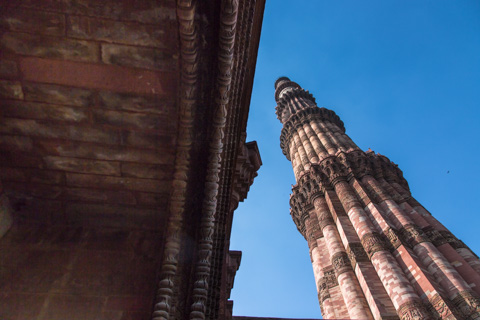
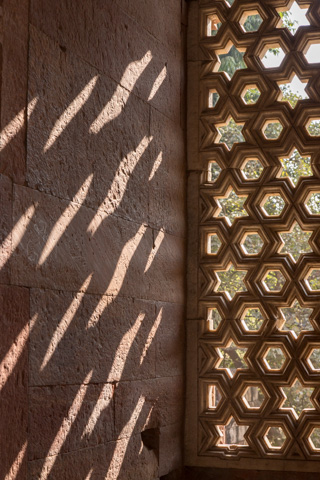

The Quwwat-ul-Islam Mosque, was built by Qutbu l-Din Aibak in 1192. It is one of the earliest surviving mosques in the Indian subcontinent. It was the first mosque built in Delhi after the Islamic conquest of India
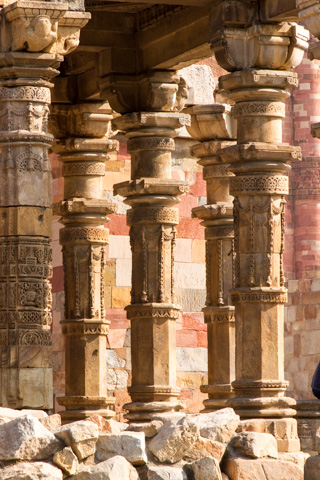
According to a Persian inscription still on the inner eastern gateway, the mosque was built by the parts taken by destruction of twenty-seven Hindu and Jain temples
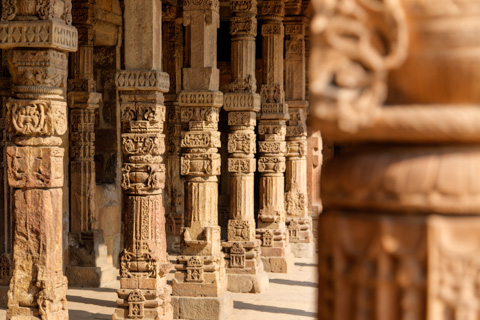
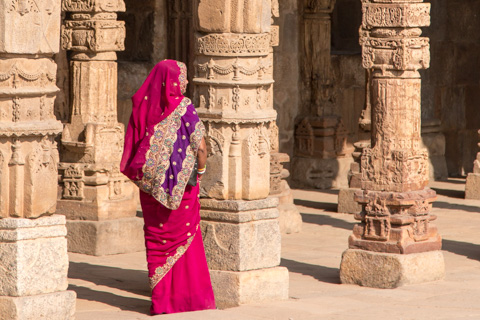
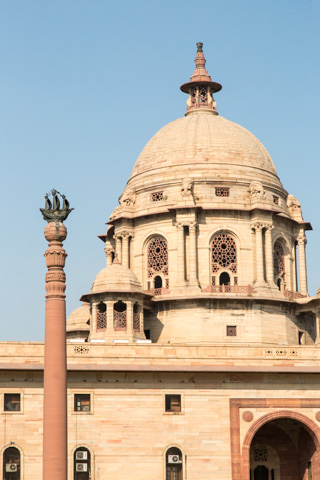
There are two huge buildings forming the Secretariat Buildings various ministries are housed in each.
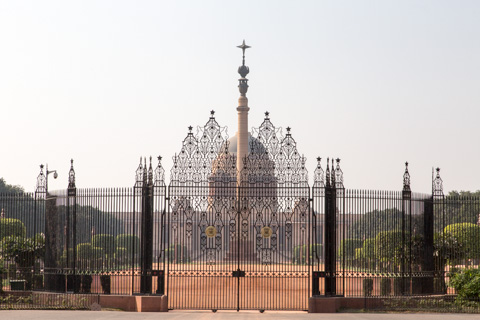
The decision to build a residence in New Delhi for the British Viceroy was taken after it was decided during the Delhi Durbar in 1910 that the capital of India would be relocated from Calcutta to Delhi. The column behind the gates is Jaipur Column added at the time the home was built.
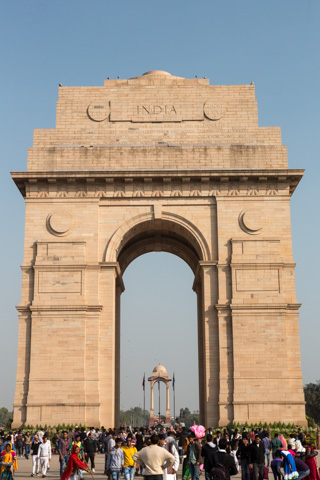
India gate is a memorial to 82,000 soldiers of the Indian Army who died in the period 1914-21 in the First World War, in France, Flanders, Mesopotamia, Persia, East Africa, Gallipoli and elsewhere in the Near and the Far East, and the Third Anglo-Afghan War. 13,300 soldier's names, including some soldiers and officers from the United Kingdom, are inscribed on the gate
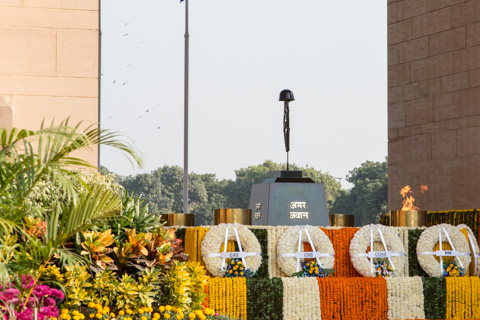

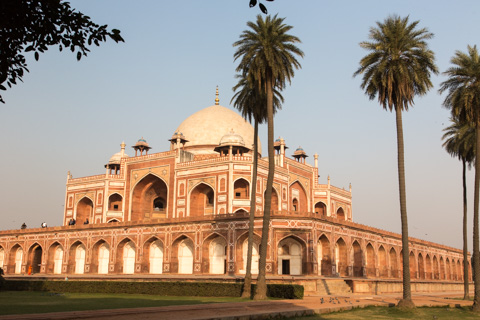
Humayun's tomb is the tomb of the Mughal Emperor Humayun. The tomb was commissioned by Humayun's son Akbar in 1569. In all there are over 100 graves within the entire complex, including many on the first level terrace, earning it the name "Dormitory of the Mughals", since the graves are not inscribed their identification remains uncertain.
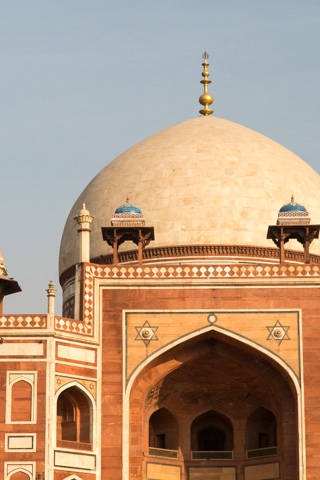

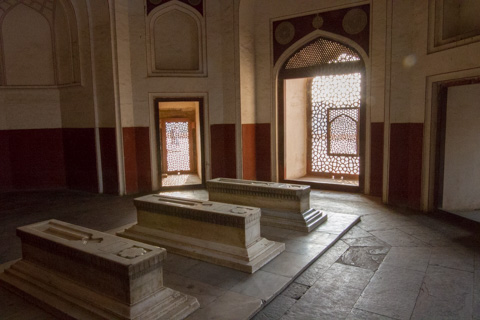
Note the symbolically cut out mihrab facing west or Mecca, over the marble lattice screen.
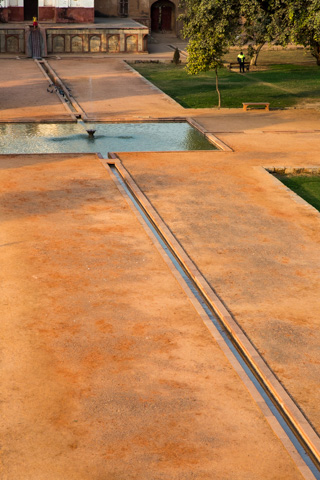
Paradise garden is divided into four squares by paved walkways and two bisecting central water channels, reflecting the four rivers that flow in jannat, the Islamic concept of paradise. Each of the four squares is further divided into smaller squares with pathways, creating into 36 squares in all, a design typical of later Mughal gardens. The central water channels appear to be disappearing beneath the tomb structure and reappearing on the other side in a straight line, suggesting the Quranic verse, which talks of rivers flowing beneath the 'Garden of Paradise'.
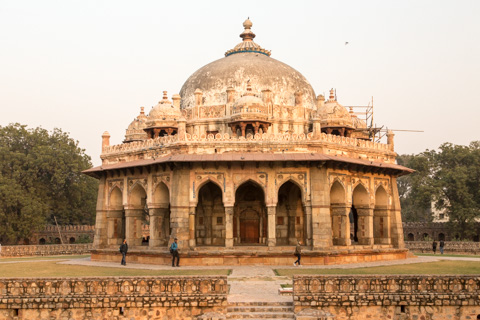
Constructed in 1547, it is the tomb complex of Isa Khan Niyazi, an Afghan noble in Sher Shah Suri's court of the Suri dynasty, who fought against the Mughals. The octagonal tomb is positioned within an octagonal garden, which was built during his own lifetime. It later served as a burial place for the entire family of Isa Khan
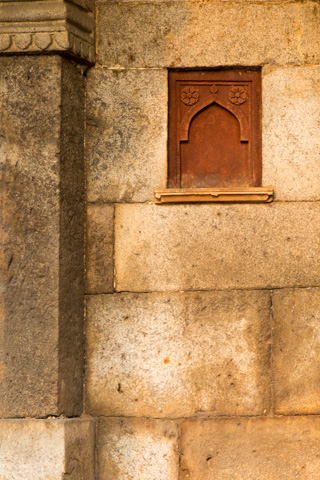
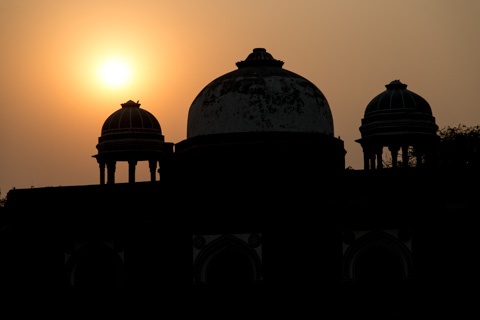
A tired guide went home to rest for the next day.